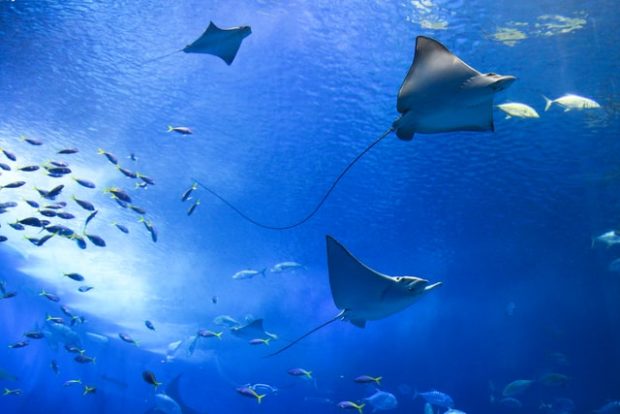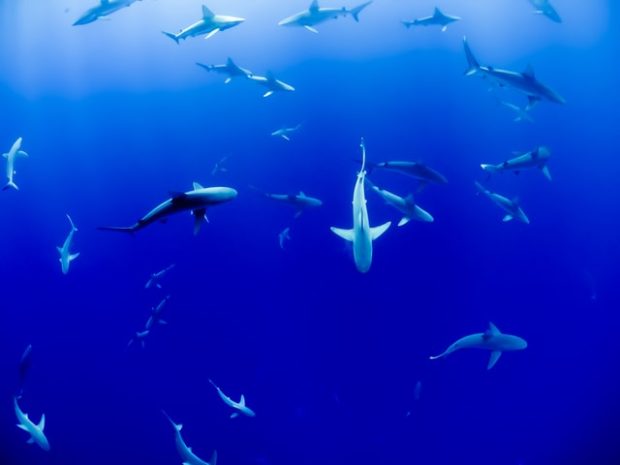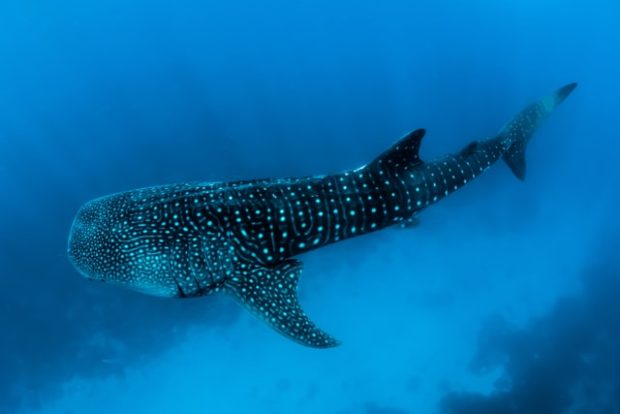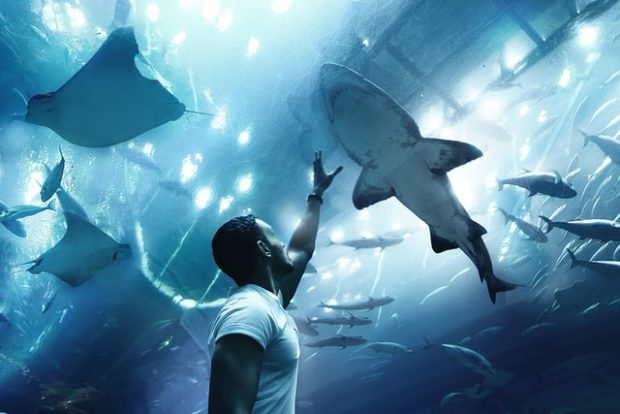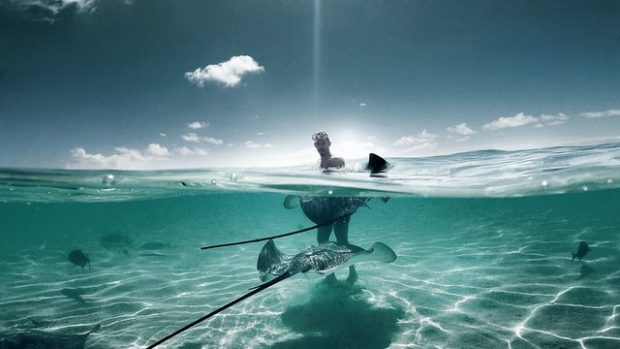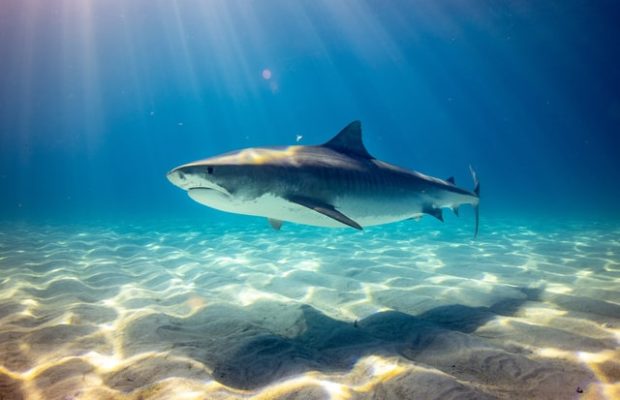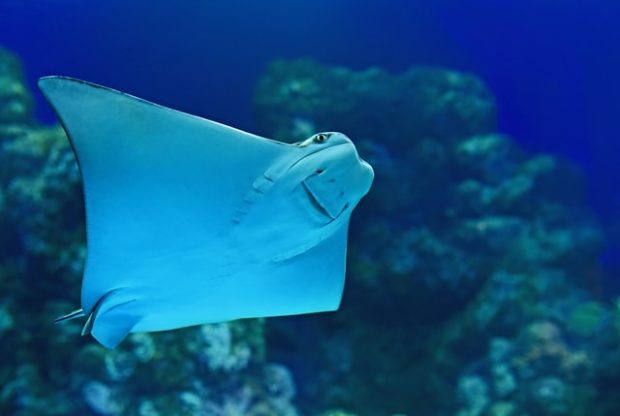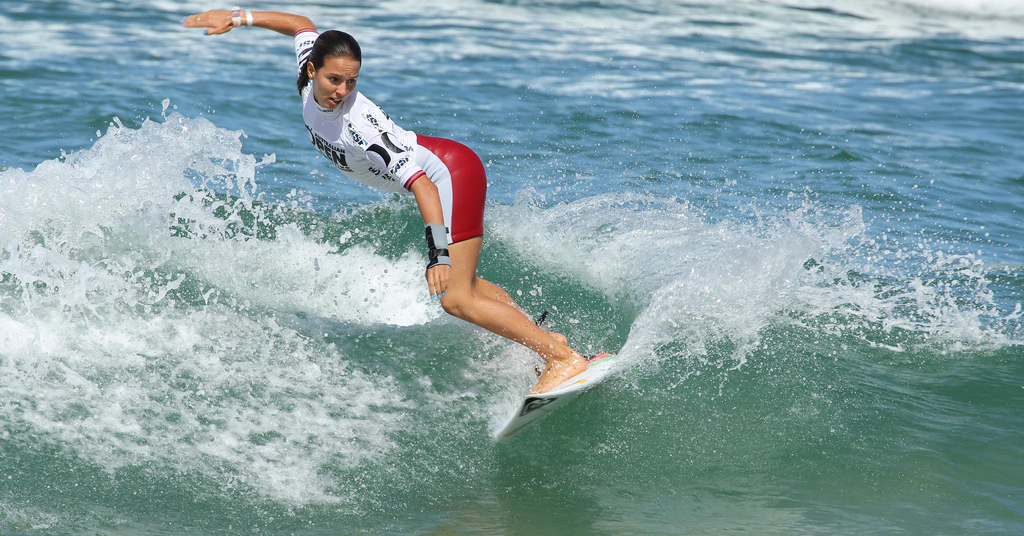Chondrichthyes, or cartilaginous fishes, are a group of fish that includes sharks, rays, and skates. They are unique in that they have a skeleton made of cartilage instead of bone. Chondrichthyans have been around for over 400 million years and play an important role in marine ecosystems. In this blog post, we will discuss some interesting facts about chondrichthyes that might interest you.
They Are The Oldest Group Of Jawed Vertebrates
Chondrichthyes are thought to be the oldest group of jawed vertebrates, dating back over 450 million years. This makes them older than both the bony fish and the land vertebrates. The first chondrichthyans were small, bottom-dwelling creatures that fed on algae and other small organisms. Over time, they evolved into a wide variety of shapes and sizes, including the giant sharks we see today. Despite their ancient origins, chondrichthyans are still a very diverse group of animals. There are over 3500 species of chondrichthyans alive today, including sharks, rays, skates, sawfish, and chimeras. If you want to find out what makes manta rays and stingrays different you can check out the “manta ray vs stingray” article by clicking the link. Skates and rays make up the majority of chondrichthyans, with over 2000 species between them. Sharks are perhaps the best-known type of chondrichthyan. There are over 500 species of shark, ranging in size from the small Dwarf Lanternshark (which is less than 20 cm long) to the massive Whale Shark (which can reach lengths of over 12 m). Sharks come in a wide variety of shapes and sizes, but they all have a few things in common. All sharks have a skeleton made of cartilage, rather than bone. This makes them lighter and more flexible than bony fish, which helps them to swim faster and turn more quickly.
Chondrichthyans Are Divided Into Two Groups:
The first group is the sharks, skates, and rays. The second group is the chimaeras. Chondrichthyans are a type of fish that have a skeleton made of cartilage instead of bone. They are divided into two groups: the sharks, skates, and rays, and the chimaeras. Sharks, skates, and rays all have similar body shapes. They have large dorsal fins and their tails are either asymmetrical or absent altogether. Chimaeras look very different from sharks, skates, and rays. They have long bodies with a small tail fin. Their mouths are located on the underside of their head. The difference in appearance between these two groups is due to their different lifestyles. Sharks, skates, and rays are all predators that live in the open ocean. Chimaeras are mostly scavengers that live near the bottom of the ocean.
They Are Important Predators In Marine Ecosystems
Chondrichthyans are some of the most important predators in marine ecosystems. They play a vital role in controlling populations of other animals and help to keep the ecosystem in balance. Without them, many other species would increase dramatically in numbers, and this could lead to serious problems for the environment. Chondrichthyans are also an important source of food for humans. Many people around the world rely on them for their livelihoods, and they are a significant part of the global fishing industry. In addition to being eaten by humans, chondrichthyans are also used for their fins, which are used to make soup in some cultures. Their skin is also used to make leather goods such as belts and wallets.
Some Chondrichthyans Are Endangered
The IUCN Red List of Threatened Species includes several hundred species of chondrichthyans, and a significant number are listed as Data Deficient, meaning that there is not enough information to assess their conservation status. However, of those that have been assessed, a significant number are considered to be threatened with extinction. Many factors contribute to this including overfishing, bycatch (the incidental capture of non-target species in fishing gear), habitat loss and degradation, and pollution.
As top predators, chondrichthyans play an important role in maintaining the health of marine ecosystems. The loss of these animals can therefore have far-reaching consequences for the overall health of our oceans. It is therefore essential that we do what we can to protect these amazing creatures.
Chondrichthyans Have A Unique Skeleton
One of the most interesting things about chondrichthyans is their skeletons. Unlike other fish, their skeletons are not made of bone, but of a material called cartilage. Cartilage is much lighter than bone and is more flexible, making it ideal for predators that need to be able to move quickly and strike with precision. Additionally, because cartilage does not fossilize as easily as bone, we have a much poorer understanding of chondrichthyans’ evolutionary history than we do of other fish groups. Nevertheless, scientists have been able to piece together some key details about how these fascinating creatures have evolved over time.
They Are Cold-Blooded
One interesting fact about chondrichthyans is that they are all cold-blooded. This means that their body temperature is not regulated by their internal metabolism, but instead depends on the temperature of their environment. Because of this, they are often found in warm waters near the equator. Additionally, their cold-bloodedness makes them very sensitive to changes in water temperature, which can impact their populations. For example, rising ocean temperatures due to climate change have been linked to mass die-offs of juvenile sharks and rays.
They Can Live a Long Time
Another interesting fact about chondrichthyans is that they can live for a very long time. For example, the Greenland shark is thought to be able to live for up to 400 years! Additionally, many species of sharks do not reach sexual maturity until they are over 20 years old. This combination of long life and late sexual maturity means that chondrichthyans are particularly vulnerable to overfishing. When too many are removed from the population, it can take a very long time for the population to recover.
So, there you have it! Some interesting facts about chondrichthyians that might just make you want to learn more about these amazing animals. Sharks, rays, and chimeras are all fascinating creatures with a long and rich history.

